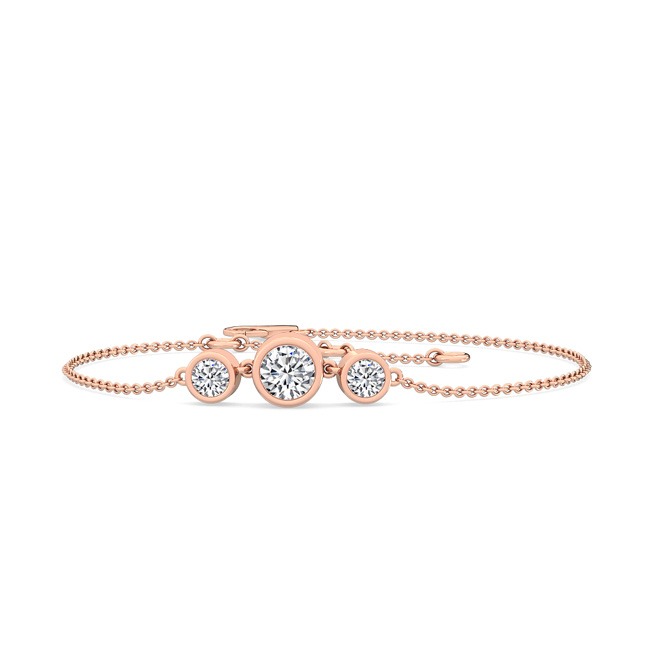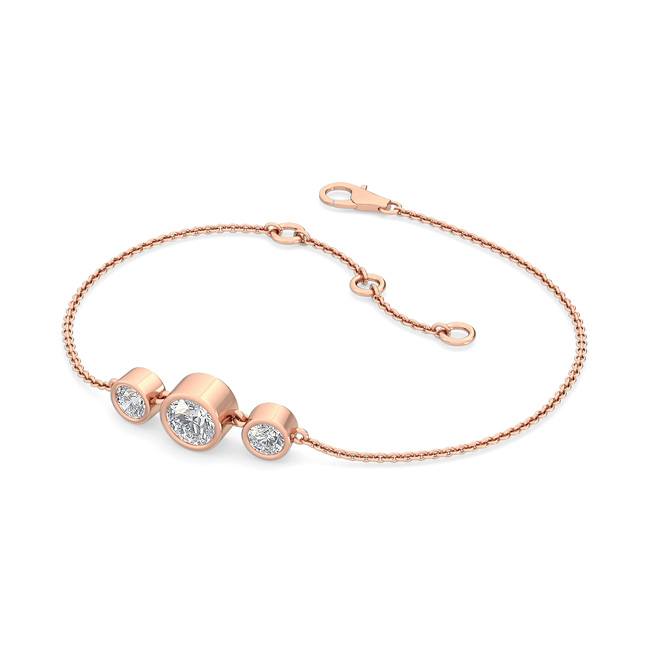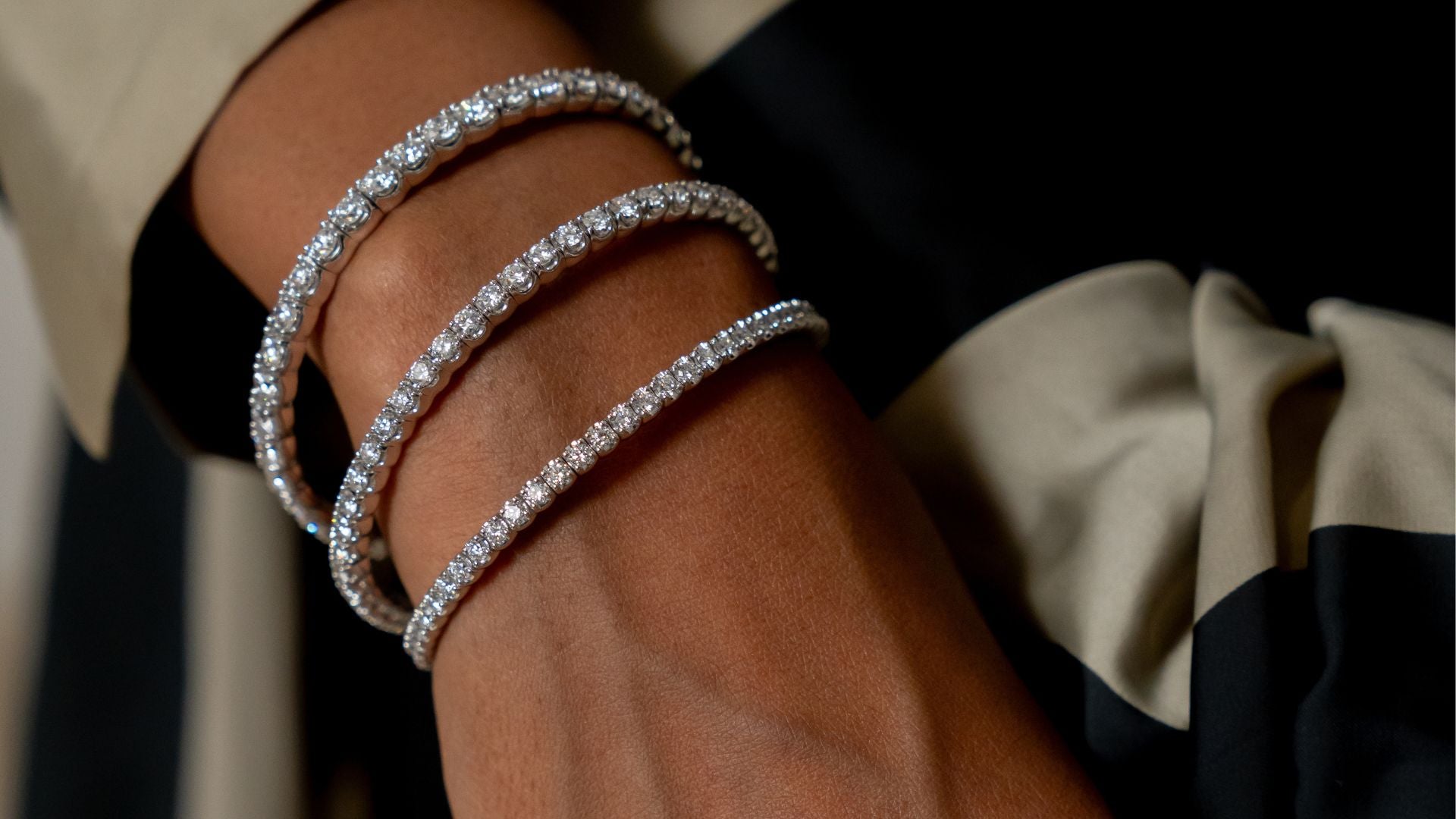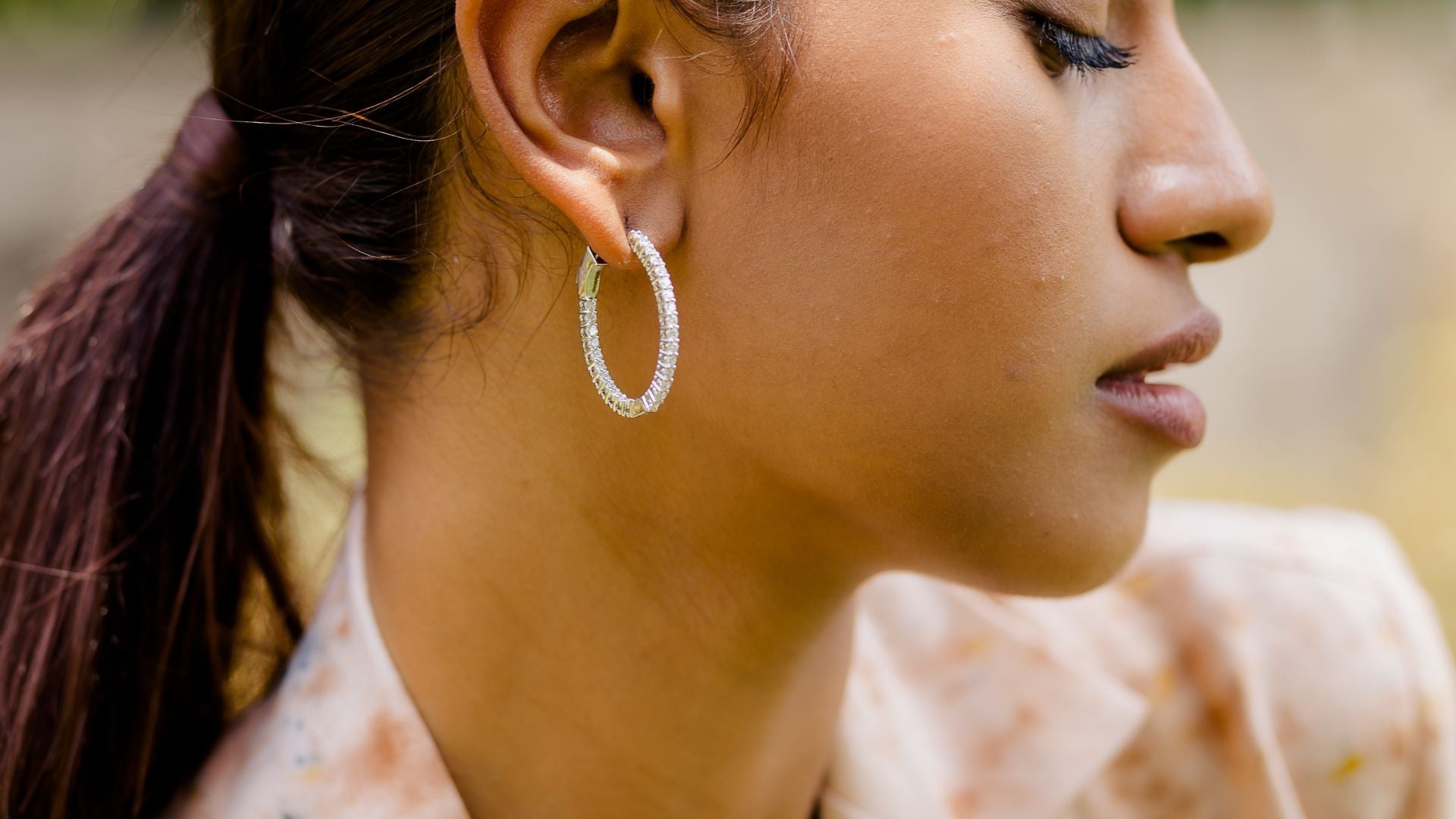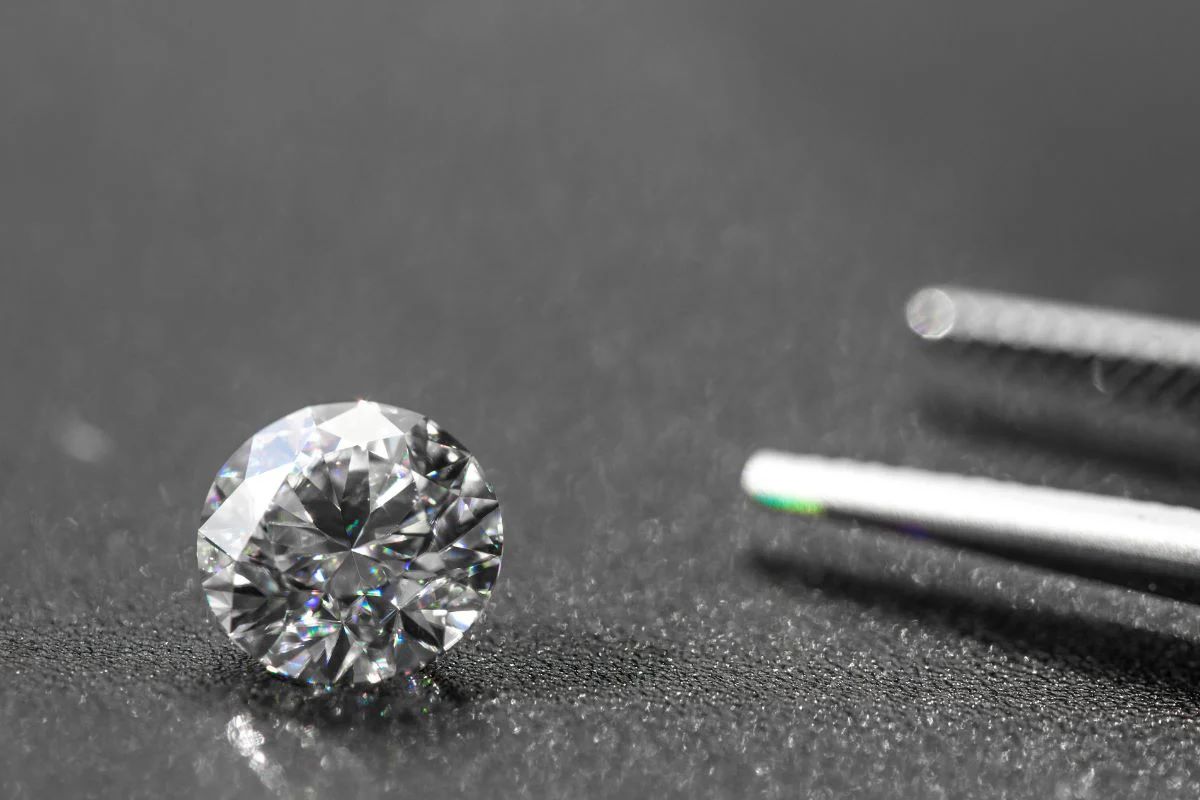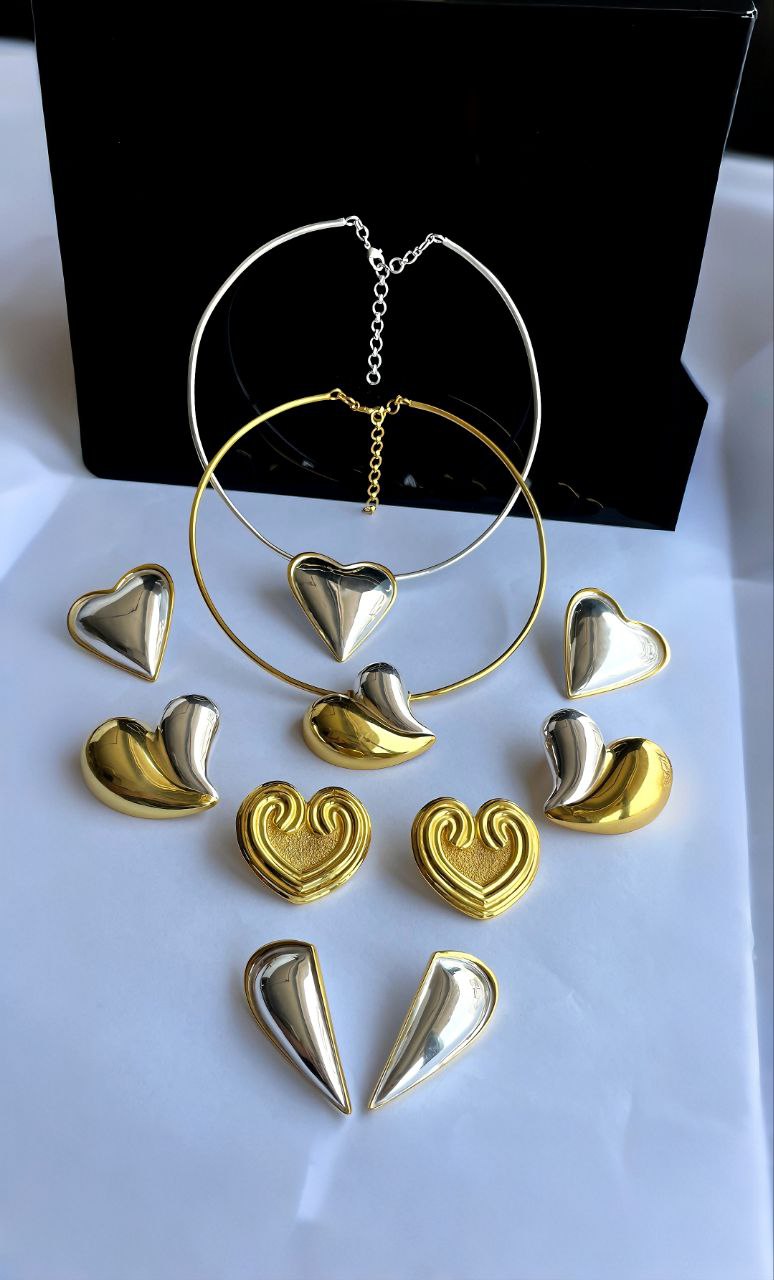When you look at a diamond, its radiant sparkle is captivating. Whether mined or lab-grown, all diamonds exhibit this dazzling brilliance due to their unique interaction with light. Understanding the science behind a lab-grown diamond’s sparkle will give you a new appreciation for this gemstone. Let’s dive into the fascinating principles that make diamonds, including lab-grown ones, glitter.
-
The Structure of a Diamond
At the heart of a diamond’s sparkle is its crystal structure. Diamonds, whether mined or created in a lab, are made from carbon atoms arranged in a strong, tight lattice. This crystal structure is what gives diamonds their hardness, and more importantly, it allows them to interact with light in an extraordinary way. -
Light Reflection
When light hits the surface of a diamond, some of it reflects immediately. This is known as external reflection. The smooth facets of a well-cut diamond work like tiny mirrors, bouncing light off their surfaces. The more precise the cut, the more light gets reflected outward, creating the initial flash of brilliance. -
Refraction and Total Internal Reflection
After entering the diamond, light slows down and bends, a phenomenon called refraction. Due to the high refractive index of diamonds , light travels much slower within the gemstone than in the air, causing it to bend significantly as it moves through the facets.
The magic happens when the light reaches the diamond’s inner surfaces. If the diamond is cut correctly, the light reflects internally multiple times before eventually escaping through the top, a process called total internal reflection. This constant bouncing of light inside the stone amplifies its brightness and brilliance.
-
Dispersion and Fire
Another crucial component of a diamond’s sparkle is dispersion, which is the separation of white light into its spectral colors (like a prism). As light travels through the diamond, it gets broken down into rainbow hues—this is what jewelers call “fire.” The precise angles of the diamond’s cut help enhance this effect, making lab-grown diamonds just as fiery as their natural counterparts. -
Diamond Cut: The Sparkle Factor
The quality of a diamond’s cut plays a pivotal role in how it interacts with light. A well-proportioned cut maximizes the sparkle by optimizing the reflection, refraction, and dispersion of light. Lab-grown diamonds are often cut with meticulous precision, which allows them to achieve optimal brilliance. -
Why Lab-Grown Diamonds Sparkle Just as Much
Lab-grown diamonds are chemically and physically identical to mined diamonds, including their ability to sparkle. Since both types of diamonds have the same crystal structure and optical properties, lab-grown diamonds exhibit the same dazzling brilliance, reflection, and fire. The science behind their sparkle is precisely the same, making lab-grown diamonds a stunning and eco-friendly alternative.
Conclusion
Understanding the science behind a lab-grown diamond’s sparkle reveals the intricate interaction of light that makes these gemstones shine. From reflection to refraction and dispersion, it’s all about how light dances within the diamond’s structure. Whether it’s natural or lab-grown, the result is a breathtaking sparkle that has captivated us for centuries.
